As of June 2025, the Santa Fe Police Department is preparing to request City Council approval for a $500,000 upgrade to its drone program, aiming to deploy Skydio‘s advanced unmanned aircraft systems (UAS) to enhance policing efficiency, according to details from The New Mexican. The initiative, which includes “Drone as First Responder” capabilities, promises faster response times but faces scrutiny from civil rights advocates over surveillance risks.
Enhancing Incident Response
The proposed upgrade involves Skydio’s docked drone systems, enabling remote operators to launch drones from citywide stations and control them over a 2-mile radius.
Deputy Chief Ben Valdez highlighted the potential, stating, “What I’m confident about is that other jurisdictions are currently utilizing this technology with great success.”
The drones, capable of 40-minute flights and equipped with thermal imaging, could reduce response times—previously averaging 6 minutes for high-priority calls in April 2024—by assessing incidents like traffic accidents before officers are dispatched.
READ MORE: Skydio X10 Drone Crash in NYC: Battery Connector Failure Sparks Safety Concerns
Operational and Economic Benefits
With 10 drones currently operated by FAA-licensed officers, the department uses UAS for tasks like crash scene analysis and missing person searches. The new system could save significant time, as demonstrated when a Skydio drone created a 3D crash scene rendering in 4 minutes, compared to over 30 minutes with ground scanners.
Chris Morton of Skydio noted, “If a call comes in for a traffic accident, they send fire, police, EMS, and if that incident isn’t actually that bad, well now we’ve just sent a bunch of resources to that call that maybe only one person could have responded to.”
This efficiency could optimize resource allocation, potentially saving thousands of officer hours annually.
Privacy Concerns Persist
The ACLU has raised alarms about “persistent surveillance,” warning that drones paired with technologies like facial recognition could disproportionately impact certain neighborhoods.
“Drone surveillance will be sold as increasing ‘security,’ but a full definition of that word should incorporate the sense of safety and well-being that people want to feel when they’re in their homes and communities,” the organization stated.
Valdez emphasized a balanced approach, saying:
“Everyone is going to kind of have their positions that they have, but what we’re looking at is another tool that we can have that’s available for us to achieve a better outcome.”
Regulatory and Industry Context
Santa Fe’s plans align with a growing trend of U.S. police departments adopting drones. The docked system’s remote operation could challenge FAA line-of-sight rules, potentially influencing future regulations.
The department is revising policies to reflect community values, with Valdez noting, “We can look to see what their policies are, how it aligns with our values as a community here, and then integrate it as part of our policies based on what our needs are.”
As the City Council decision nears, Santa Fe’s drone program could set a precedent for balancing technological advancement with public TRUST, a critical issue for drone professionals and enthusiasts.
Discover more from DroneXL.co
Subscribe to get the latest posts sent to your email.

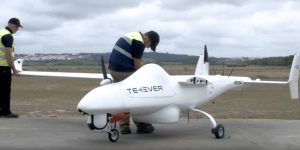
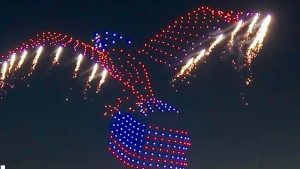






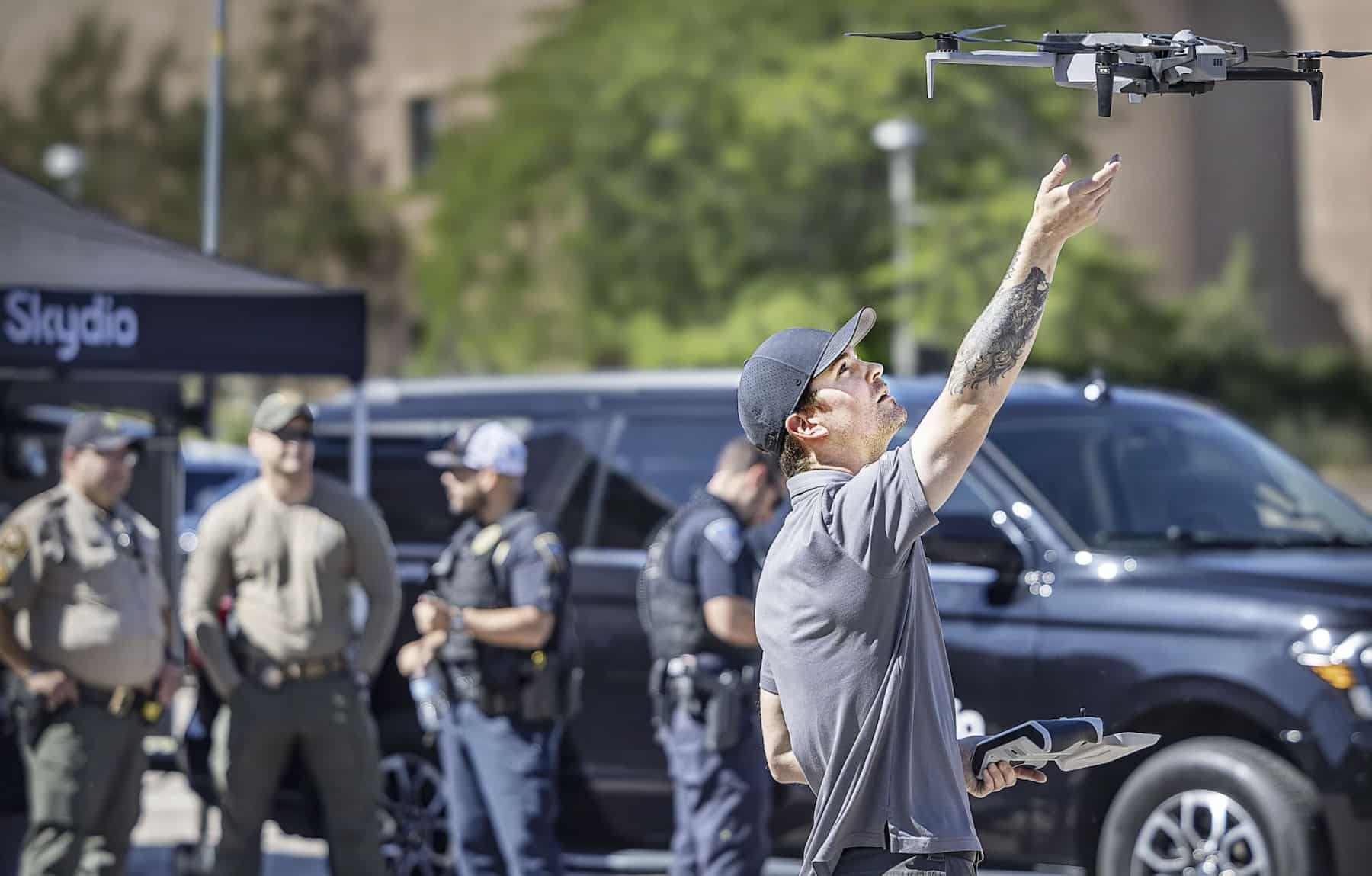
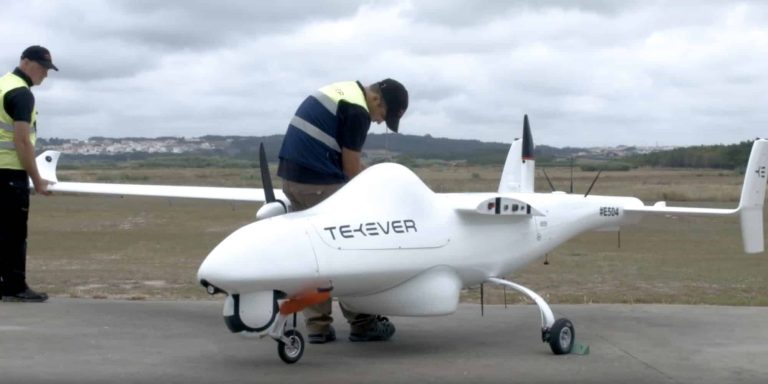
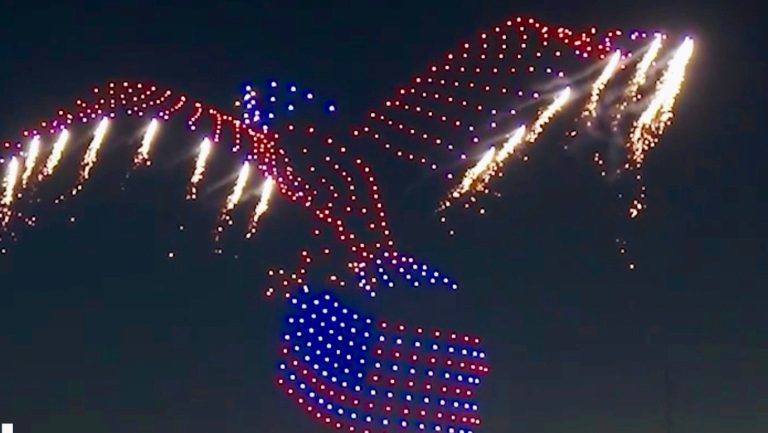

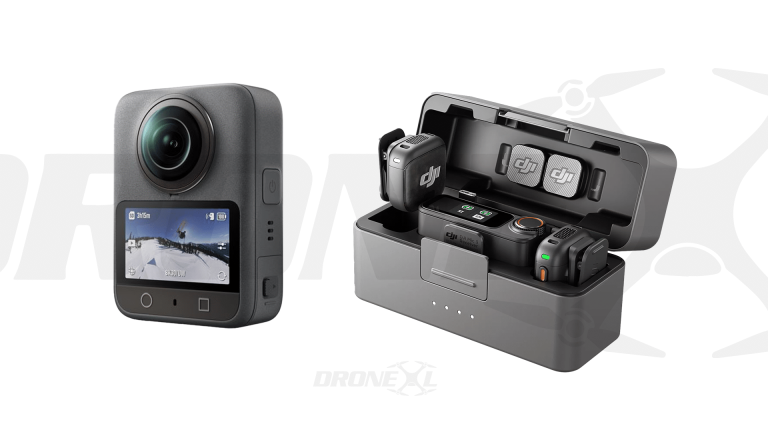
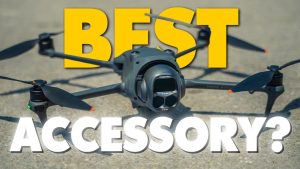

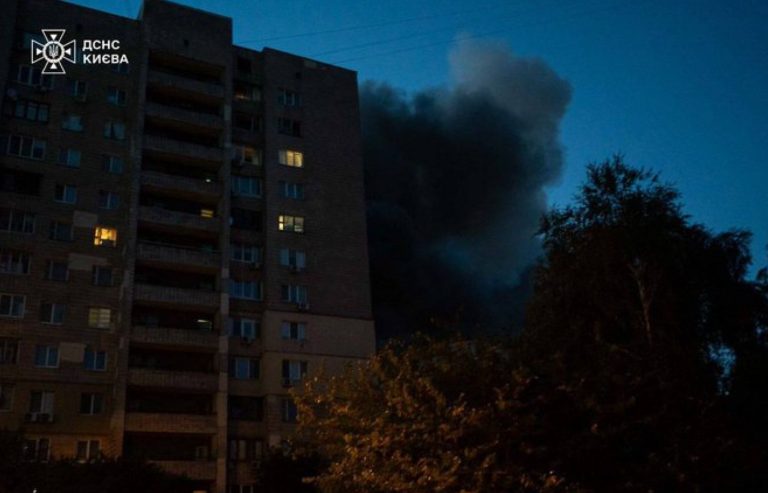



+ There are no comments
Add yours